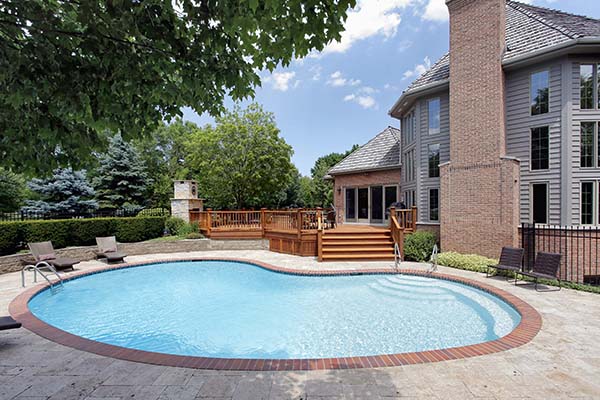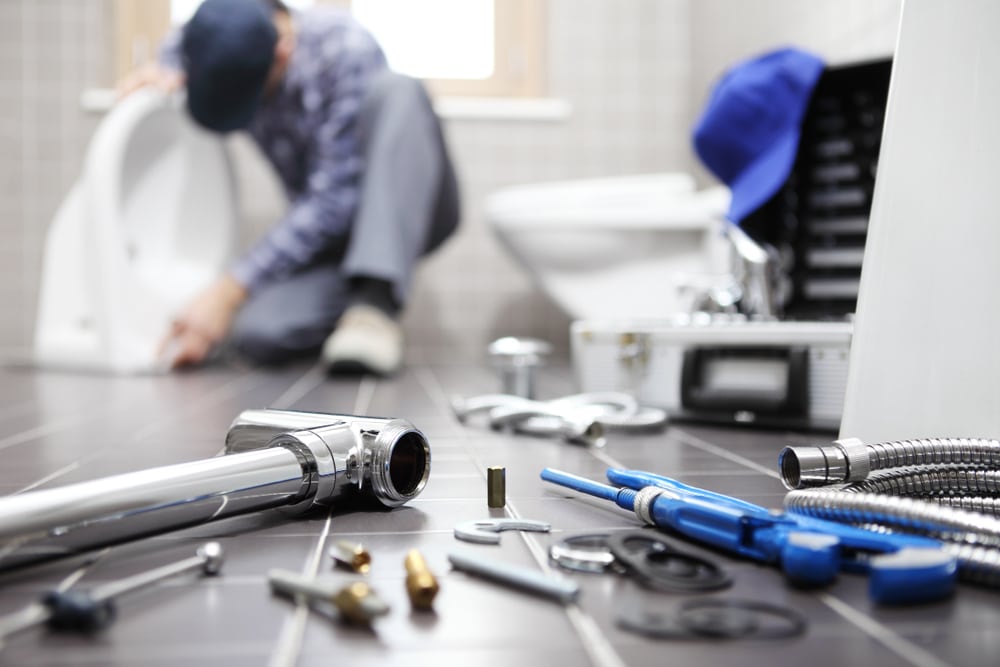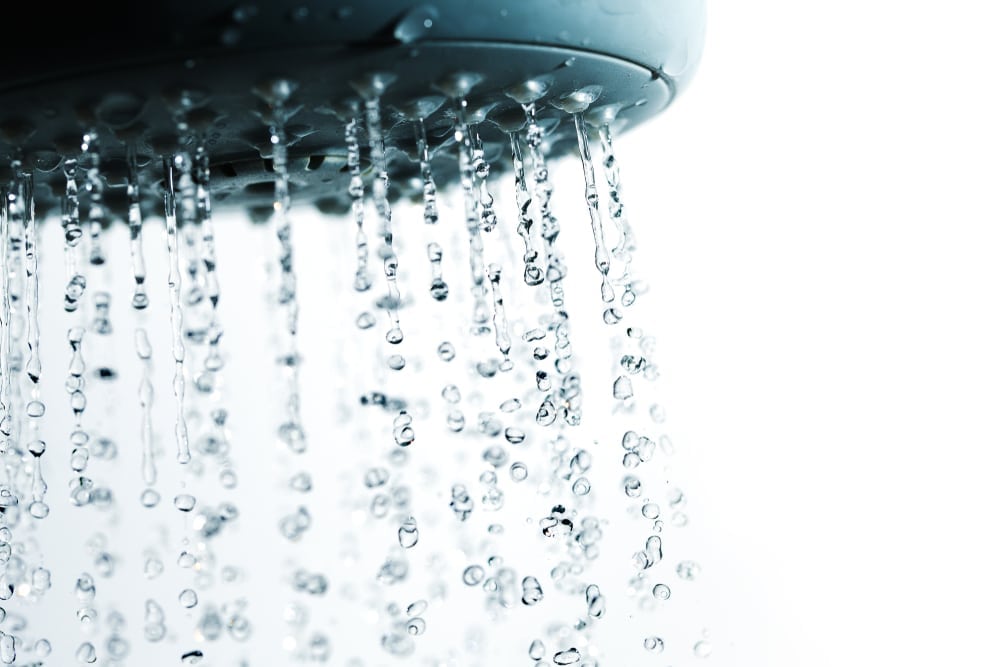Swimming pools may just seem like a fancy version of a hole in the ground, but behind the scenes they are actually complex feats of plumbing engineering. If you have a pool in your home or commercial property, understanding the plumbing that keeps it running smoothly is very important. Pools are complex systems that require maintenance and care.
First Things First: Avoiding the Boat Effect!
In-ground pools seem immovable, but they are actually boat-like. If groundwater increases enough, a pool can actually float up out of the ground and cause damage to the basin. That’s why most in-ground pools come equipped with a hydrostatic pressure relief valve that equalizes the pressure inside the pool with the surrounding soil and groundwater, preventing this boat effect.
I Like My Pool to Drain, No Vortex
In-ground pools have a drain at the lowest part of the basin to keep water flowing out of the pool and through the filter, keeping it clean. But unlike the plug in a bathtub, the pool drain doesn’t create a whirlpool. At the larger scale of a pool, this vortex could potentially be dangerous, so anti-vortex covers are used to prevent this phenomenon.
Skimmers and Weirs
Pools also have a skimmer which draws water from the surface of the pool into the pool filter and can remove a large amount of floating debris. Part of the skimmer is a device called a weir. A weir is a low head dam that serves to limit the amount of water that can flow over the dam. This action causes the basket to fill up with debris as the water passes through it to the main filter.
PVC Piping and the Pool Pump
In a pool system, a network of anti-corrosive PVC pipes carries water from the pool through a filter and back into the pool when cleansed. A pool pump, sometimes assisted by pool vacuum ports, draws water out of the pool through a strainer and pushes it through a filter. This action, combined with the use of pool chemicals, is what stops pool water from becoming contaminated and unhygienic.
Types of Filters
There are three common types of filters: sand filters, cartridge filters, and Diatomaceous Earth (DE) filters. These all use different techniques for the actual filtering out of material, but the mechanism is basically the same. When water is being pumped through the system, dirty water from the pool enters the filter.
Gravity pulls the water down through the sand or other filter and it catches any dirt or debris left in the water that was not filtered by the strainer. Once the water is pulled down through the filter, it continues to the heater or back to the pool. Pool filters will become clogged over time, requiring replacement cartridges or back-washing to get them working properly again.
Get in Touch
If any problems arise with your pool’s plumbing systems, get in touch with G.F. James Plumbing today on 02 9649 1099 or enquire online.








